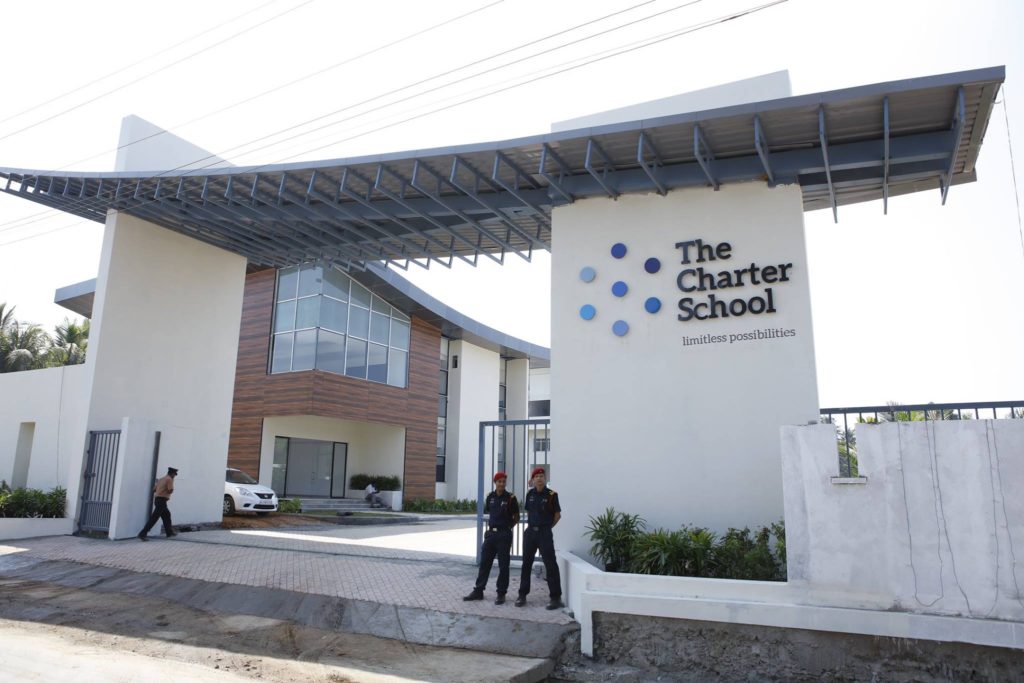
The following story came close to happening. The reader can decide whether it should have.
It was mid-November of 1994, a few days before Thanksgiving. Early in the morning a black cadillac with plate #1 briefly stopped in front of an apartment in downtown Boise. Walking briskly through the door was governor-elect Phil Batt, who jumped in the passenger seat. At the wheel was four-term Governor Cecil D. Andrus.
The two old friends, though of different political persuasions, respected each other and had worked well together over the years. They chatted about Batt’s narrow election win over Attorney General Larry Echohawk as they drove to the private aviation side of Gowen Field. There they were met by Echohawk, Lt. Governor C.L. “Butch” Otter and Senate Pro Tempore Jerry Twiggs.
They quickly boarded a jet provided by Hewlett-Packard and headed for Idaho Falls where they touched down briefly to pick up House Speaker Mike Simpson. Then took to the air again heading south. Their destination? Salt Lake City. Their purpose? To explore with the leadership of the LDS Church the sale of Idaho State University to the Church in lieu of the Church turning Ricks College into a four year college and renaming it Brigham Young University-Idaho.
Earlier that fall Andrus had received a memo from a former top aide urging him to consider the idea. The memo argued compellingly that if the LDS Church turned Ricks into a four-year college it could lead to significantly less enrollment at ISU and ultimately a regression to a junior college status akin to the College of Southern Idaho or North Idaho College.
Wouldn’t it make more sense to secretly negotiate the sale of ISU to the Church, which would then avoid the expense of building additional capacity in Rexburg? The State might gain $150 million from the sale; there would be more general funds available to Boise State and the University of Idaho if ISU were out of the mix; and, tying its future to the Church might be a better guarantee to the people of Bannock county for campus longevity than its continuing role as the poor third sister in Idaho’s university mix, living most often off of the crumbs.
So the memo argued and so Andrus persuaded the Republican legislative leadership and the governor-elect to at least explore the idea.
The delegation was met by Apostle Dallin Oak at the Salt Lake airport. A former president of BYU and a former Utah Supreme Court justice, he was the acknowledged expert on higher education among the 12 apostles and he was interested in talking. Soon, the delegation was sitting in President Howard Hunter’s office in the LDS office building next to the Temple. The rest is history.
The above scenario is imaginary. The memo and the recommendation to Andrus, however, was a fact. Andrus flat rejected the idea saying there were too many obstacles to overcome in taking a public entity private, and such a drastic move would have to be approved by patrons and the public by some kind of plebesite before he would even think about it. He never raised the issue with Batt.
Perhaps he should have for the memo was prescient. BYU-Idaho is now bursting at the seams and has the second highest enrollment among the state’s seven public colleges and universities and its three private colleges. It has a total enrollment (both full-time and part-time)in excess of 15,000 students whereas the University of Idaho and ISU are both experiencing declining enrollment with Idaho having approximately 11,534 and ISU having 12,543. Boise State tops the list with 20,000 students.
A case can be plausibly made that much of BYU-Idaho’s growth has come at the expense of ISU. Folks at ISU point out, however, that they are the beneficiaries of more LDS graduate students pursing their advance degrees at ISU. They also point out that BYU-Idaho has announced there will be no new buildings at the Rexburg campus which could portend a resumption of more LDS student attending ISU.




